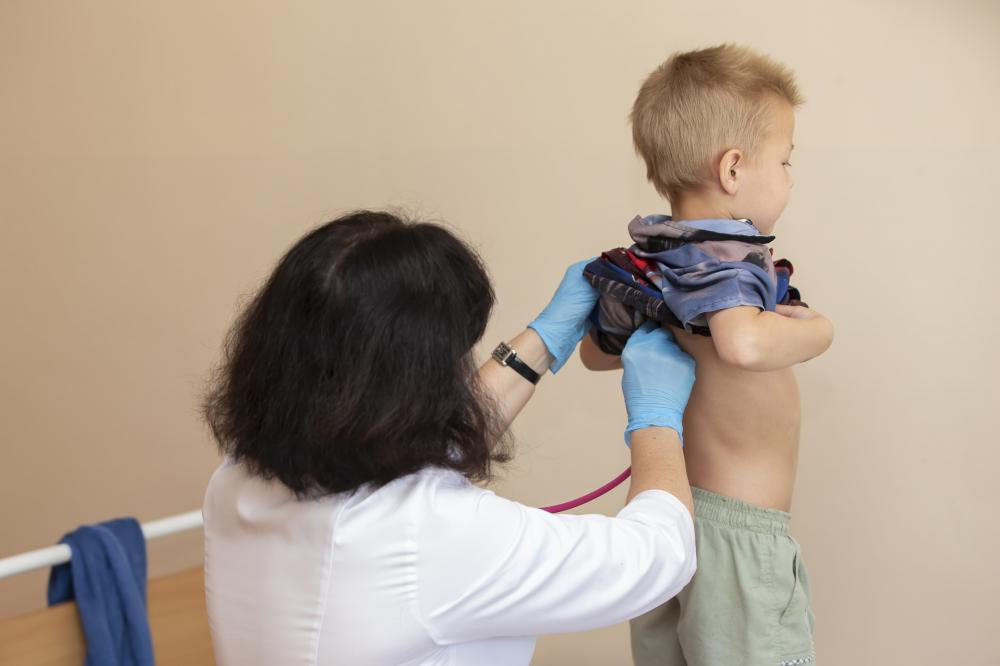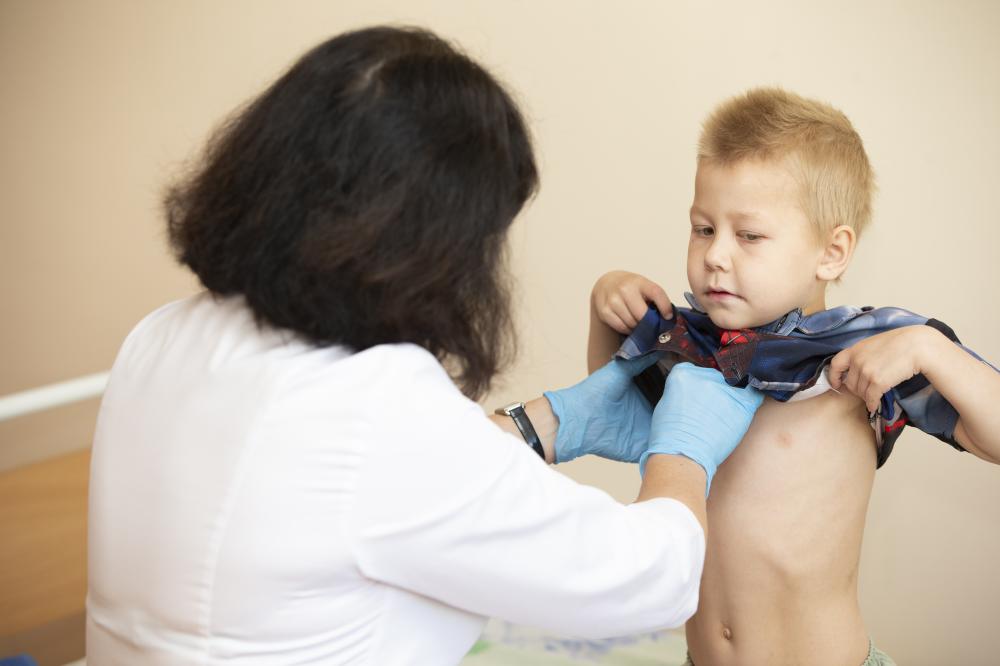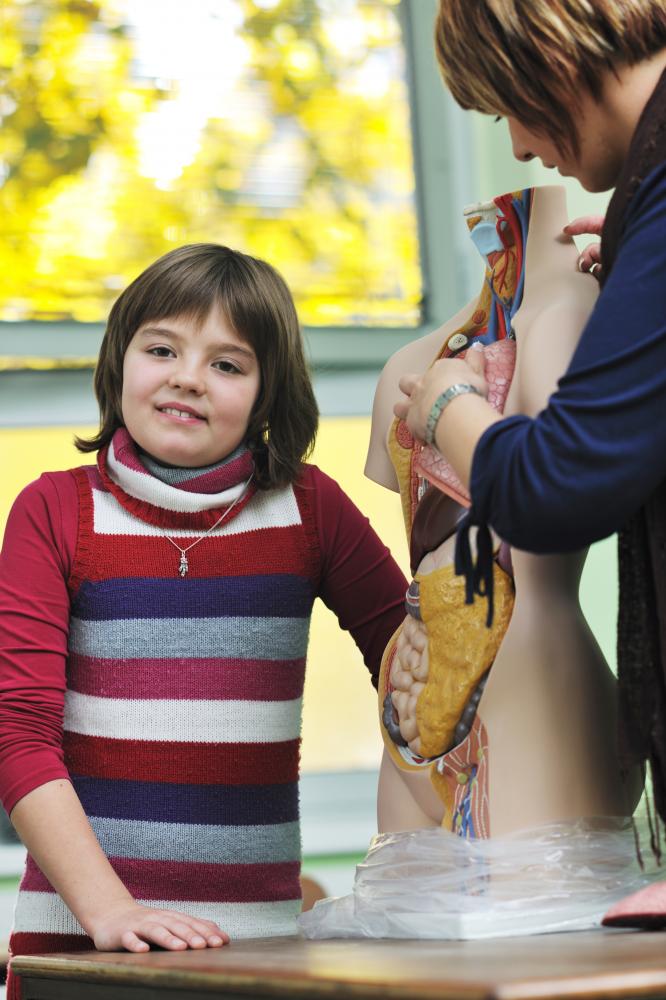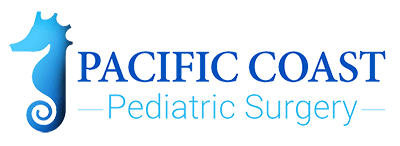Table of Contents
- How do you treat Hirschsprung’s disease?
- What is the primary therapeutic management for most children with Hirschsprung disease?

Understanding Hirschsprung Disease Pediatric Treatment
At Pacific Coast Pediatric Surgery, we recognize the complexities involved with Hirschsprung Disease Pediatric Treatment. This congenital condition, marked by the absence of nerve cells in parts of the intestines, can be daunting for families to navigate. As a father and a seasoned pediatric surgeon, I, Dr. Philip Frykman, have seen firsthand the distress and confusion it can cause.
Hirschsprung disease often presents itself with symptoms such as chronic constipation or intestinal obstruction, particularly in newborns. It’s a diagnosis that can overwhelm parents. But with our dedicated team and specialized knowledge, we’re set to tackle the challenges that this condition presents to ensure the well-being of our young patients.
Diagnostic Approach to Hirschsprung Disease
Diagnosing Hirschsprung Disease requires a detailed and empathetic approach. In our practice, we begin with a thorough clinical examination and a review of the child’s bowel habit history. We understand the worry that comes with seeing your child in discomfort, and our aim is to quickly identify the cause with the least amount of distress.
We typically use diagnostic tests like rectal biopsies, which are crucial for confirming the absence of nerve cells in the colon. Imaging studies, including contrast enemas, can be quite revealing, offering a stark visual contrast between the affected and healthy bowel segments. Anal manometry might also be used to measure the reflexes and tone of the anal muscles.
Treatment Options and Surgical Interventions
When it comes to Hirschsprung Disease Pediatric Treatment, surgery is the cornerstone. The goal is to remove the diseased part of the colon and connect the healthy portion to the anus. This can be done using various techniques, with the pull-through procedure being a common and less invasive option.
In more severe cases, an ostomy may be necessary, providing the bowel with time to heal before a subsequent surgery to restore normal bowel function. My team and I use minimally invasive methods whenever possible, weaving together state-of-the-art techniques with a touch of personal care that stems from my core philosophy; treat every child as if they were your own.
Post-surgery, children may encounter challenges such as constipation or incontinence. However, these often improve over time. Our postoperative care includes close monitoring and tailored advice on diet, hydration, and laxative use to manage these complications.
We also remain vigilant for signs of enterocolitis, an inflammation of the colon that can occur after surgery. This serious complication requires immediate medical attention, and we ensure parents are well-informed about its symptoms.
Life After Surgery for Hirschsprung Disease
As we move beyond surgery, our focus shifts to long-term management and quality of life. Hirschsprung Disease Pediatric Treatment doesn’t end in the operating room. It’s an ongoing journey that involves careful monitoring and support. My role extends beyond the surgery itself; it’s about providing a holistic, nurturing environment for the child and family.
Adapting to life after surgery can be challenging. That’s why we emphasize the importance of a high-fiber diet, adequate hydration, and regular physical activity to promote healthy bowel function. In some cases, we might recommend laxatives, but only under careful medical supervision. At Pacific Coast Pediatric Surgery, we’re committed to offering comprehensive care that looks at the big picture.
Lastly, we aim to empower families with the knowledge and resources to manage their child’s condition at home. Education is a powerful tool, and by understanding the ins and outs of Hirschsprung Disease Pediatric Treatment, families can become strong advocates for their child’s health.
Our Promise: Compassionate Care
At the heart of our practice is a pledge to provide compassionate, individualized care. Living through my own child’s serious illness has deepened my commitment to this mission. When I look at my patients, I see more than a medical condition; I see a child with hopes, dreams, and a family who loves them. This perspective shapes everything we do at Pacific Coast Pediatric Surgery.
We are here to answer your calls, address your concerns, and walk alongside you in this journey. It’s an honor to serve the families of Thousand Oaks and beyond with a level of care that’s rooted in genuine concern and a deep understanding of pediatric surgery’s unique demands.
Understanding Hirschsprung Disease Pediatric Procedure
At Pacific Coast Pediatric Surgery, we’re acutely aware of the complexities associated with Hirschsprung Disease Pediatric Procedure, a critical surgery for children born with this congenital condition. Our approach to managing Hirschsprung’s is not only rooted in cutting-edge surgical techniques but also in a profound understanding of the emotional and physical needs of our pediatric patients.
The Hirschsprung Disease Pediatric Procedure typically involves a pull-through operation where the aganglionic section of the colon is removed, seamlessly connecting the healthy portion to the anus. As pediatric surgeons, we’re ever mindful of the delicate nature of this procedure and the importance of precision in ensuring the best outcomes for our patients.
Our team is dedicated to offering not just a surgical solution but a holistic path to recovery. Our intricate pre-surgical evaluations consider all facets of the child’s wellbeing, combining meticulous planning with the latest research to chart the course for a successful surgical outcome.
Pre-Surgery Consultation and Planning
In the lead-up to the Hirschsprung Disease Pediatric Procedure, we invest significant time in consultation. Dr. Frykman, leveraging his in-depth knowledge, walks families through every step, ensuring they are fully informed and comfortable with the surgical plan. This personalized care is a cornerstone of our practice, ensuring that each family feels supported throughout this journey.
Our pre-operative process is comprehensive, investigating the full extent of the aganglionic bowel segment and assessing the child’s overall health. At times, if complications such as enterocolitis or significant dilation are present, a staged approach with an initial ostomy might be considered to stabilize the child before a full pull-through procedure.
With Hirschsprung Disease Pediatric Procedure, timing is crucial. At our practice, we strive for early intervention, while also allowing enough time for diagnostic clarity. This careful balance is pivotal in reducing postoperative complications and enhancing long-term quality of life.
We believe that the parents’ understanding of the procedure plays a crucial role in the child’s recovery, which is why education and communication are integral components of our pre-surgery planning.
Postoperative Care and Surveillance
Following the Hirschsprung Disease Pediatric Procedure, our care extends into the critical recovery phase. While many children experience immediate relief post-surgery, we remain vigilant for potential complications. Constipation, bowel control issues, or signs of enterocolitis are closely monitored and addressed with tailored treatment plans.
Our follow-up care is characterized by a proactive and compassionate approach. We understand that recovery does not end with surgery, and we stand alongside our families, providing ongoing support and reassurance. Our goal is to facilitate a smooth transition back to normal life, minimizing disruptions to the child’s routine.
In instances of ostomy surgery, we work closely with ostomy nurses to ensure families are equipped with the knowledge and resources to manage postoperative care at home effectively. It’s this consistent and nurturing environment that sets Pacific Coast Pediatric Surgery apart, highlighting our unwavering commitment to our patients’ well-being.
The success of the Hirschsprung Disease Pediatric Procedure lies not only in the surgical skills but also in the comprehensive postoperative management. With our multidisciplinary team approach, we aim to provide exceptional care that is synonymous with improved outcomes and a positive patient experience.

At our clinic, we approach the Hirschsprung Disease Pediatric Procedure as more than just a surgery; it’s a journey we embark on together with our patients and their families, leveraging our expertise to sow the seeds for a healthier future.
Understanding Hirschsprung Disease
At Pacific Coast Pediatric Surgery, we recognize that Hirschsprung Disease Pediatric Surgical Treatment is more than just an operation; it signifies a child’s chance at a healthier, more vibrant life. Hirschsprung disease specifically affects the nerve cells in the lower part of a child’s colon, making bowel movements difficult or sometimes impossible. It’s a condition that demands precision and expertise, and our team, led by Dr. Philip K. Frykman, brings just that.
Diagnosis is the critical first step in the journey towards wellness. We employ the latest diagnostic procedures, such as contrast enemas and rectal biopsies, to accurately pinpoint the absence of nerve cells in the colon. Our multidisciplinary approach ensures that every angle is considered when planning for Hirschsprung Disease Pediatric Surgical Treatment, providing families with a thorough understanding of the path ahead.
Our experience has taught us that the emotional well-being of our patients and their families is as important as the physical aspects of care. Hence, we embody a philosophy where warmth and empathy are integral components of our treatment protocol. This philosophy has been shaped by Dr. Frykman’s personal experiences with illness in his own family, fostering a nurturing environment for healing.
The Surgical Solution
Hirschsprung Disease Pediatric Surgical Treatment often involves resection surgery, a delicate process where the affected segment of the colon is removed, and the healthy ends are rejoined. This intricate procedure requires a surgeon with not only a steady hand but also a compassionate heart. At Pacific Coast Pediatric Surgery, Dr. Frykman’s expertise in minimally invasive techniques ensures this procedure is performed with the utmost precision and care, minimizing the stress on our young patients’ developing bodies.
In cases requiring a two-stage surgery, an ostomy is performed before final reattachment, allowing the child’s body time to recover. As a parent and surgeon, Dr. Frykman understands the concerns that accompany such treatments. We dedicate time to educate and support families through each step, ensuring they feel confident about the care their child is receiving.
Postoperative care is vital for recovery. Our clinic provides comprehensive guidelines tailored to each child’s needs, from dietary adjustments to manage hydration to activities that promote healing. It’s not just about the days following surgery but also about long-term health and well-being.
The aftermath of Hirschsprung Disease Pediatric Surgical Treatment can vary, with most children returning to normal bowel function. Yet, we remain steadfast in monitoring their progress, ready to address any complications such as constipation or incontinence. It’s this tireless commitment to follow-up that sets our practice apart and ensures the best outcomes for our little patients.
Beyond Treatment
Life after Hirschsprung Disease Pediatric Surgical Treatment holds many possibilities. With a successfully managed condition, children can look forward to a future unburdened by the symptoms that once constrained them. Pacific Coast Pediatric Surgery remains a partner in each child’s journey, providing ongoing care and support. Do you have questions about Pectus Excavatum Los Angeles? Contact us today.
As pioneers in pediatric surgical care, we are continuously seeking ways to refine our techniques and share our knowledge. Dr. Frykman’s global outreach with Mending Kids reflects our commitment to advancing pediatric surgery worldwide. This global perspective enriches our practice, offering fresh insights that benefit our patients back home in Thousand Oaks.
The stories of resilience and joy that emerge from our treatment rooms fuel our dedication. We treasure these narratives, seeing them as affirmations of the life-changing impact of Hirschsprung Disease Pediatric Surgical Treatment. At Pacific Coast Pediatric Surgery, it’s not just about surgery; it’s about empowering children and their families to embrace a future of possibilities.

How do you treat Hirschsprung’s disease?
At Pacific Coast Pediatric Surgery, treating Hirschsprung’s disease involves a multi-step approach that begins with an accurate diagnosis followed by surgical intervention. The primary treatment is a surgical procedure known as a pull-through operation, where the section of the colon lacking nerve cells is removed, and the healthy part is connected to the anus. This procedure is designed to alleviate the symptoms and restore normal bowel function. It is, however, important to note that postoperative care is crucial. Following surgery, we continue to monitor the child closely for any signs of complication, like enterocolitis, or for common post-surgery issues such as constipation or incontinence. Addressing these early and effectively is key to a successful recovery.
What is the primary therapeutic management for most children with Hirschsprung disease?
The primary therapeutic management for most children with Hirschsprung disease is surgical removal of the affected portion of the colon. This typically involves a pull-through procedure, which is often preceded by a thorough evaluation of the child’s condition. Our surgical team at Pacific Coast Pediatric Surgery focuses on minimally invasive methods to reduce recovery time and improve outcomes. We believe that a detailed understanding of each child’s unique situation is necessary for successful management and that a supportive environment is imperative for the families as they navigate through this journey.
What is the initial intervention for Hirschsprung disease?
The initial intervention for Hirschsprung disease tends to be a series of diagnostic tests to confirm the diagnosis, which may include rectal biopsies, contrast enemas, and anal manometry. Once confirmed, a surgical intervention is planned. Depending on the severity of the condition, an ostomy might be required to allow the bowels to heal and rest before the final pull-through procedure. Here at our clinic, we take the time to explain the procedures and what to expect, so parents feel prepared and involved every step of the way.
At what age do you need surgery for Hirschsprung disease?
Surgery for Hirschsprung disease is typically performed in infancy or early childhood, although the exact timing can vary based on the child’s overall health, extent of the disease, and presence of complications like enterocolitis. At Pacific Coast Pediatric Surgery, we strive for early diagnosis and intervention when possible, as this can lead to better outcomes. However, the wellbeing of the child is our primary concern, so we ensure that all factors are considered before proceeding with surgery, including nutritional status and growth milestones.
Resources on Hirschsprung Disease
- Centers for Disease Control and Prevention (CDC): Information on the epidemiology and background of Hirschsprung disease. Visit CDC
- National Institute of Diabetes and Digestive and Kidney Diseases (NIDDK): Educational resources covering symptoms, diagnosis, treatment, and research related to Hirschsprung disease. Visit NIDDK
- American Academy of Pediatrics (AAP): Guidelines and recommendations for pediatric care, including management strategies for Hirschsprung disease. Visit AAP
- National Institutes of Health (NIH) Genetic and Rare Diseases Information Center: A comprehensive resource for patients and families, offering detailed information about Hirschsprung disease. Visit NIH GARD
- MedlinePlus: A user-friendly resource for understanding Hirschsprung disease, including a medical encyclopedia and links to latest research. Visit MedlinePlus
- Genetics Home Reference at U.S. National Library of Medicine: Information on the genetic aspects of Hirschsprung disease. Visit Genetics Home Reference
- The Hirschsprung’s & Motility Disorders Support Network (HMDSN): Support and resources for individuals and families dealing with Hirschsprung disease. Visit HMDSN
- The American Society of Colon and Rectal Surgeons (ASCRS): Professional guidelines and patient education materials on the treatment of colorectal conditions, including Hirschsprung disease. Visit ASCRS
- HealthyChildren.org by American Academy of Pediatrics: Parent-focused information on Hirschsprung disease, including how to care for a child with the condition. Visit HealthyChildren.org

